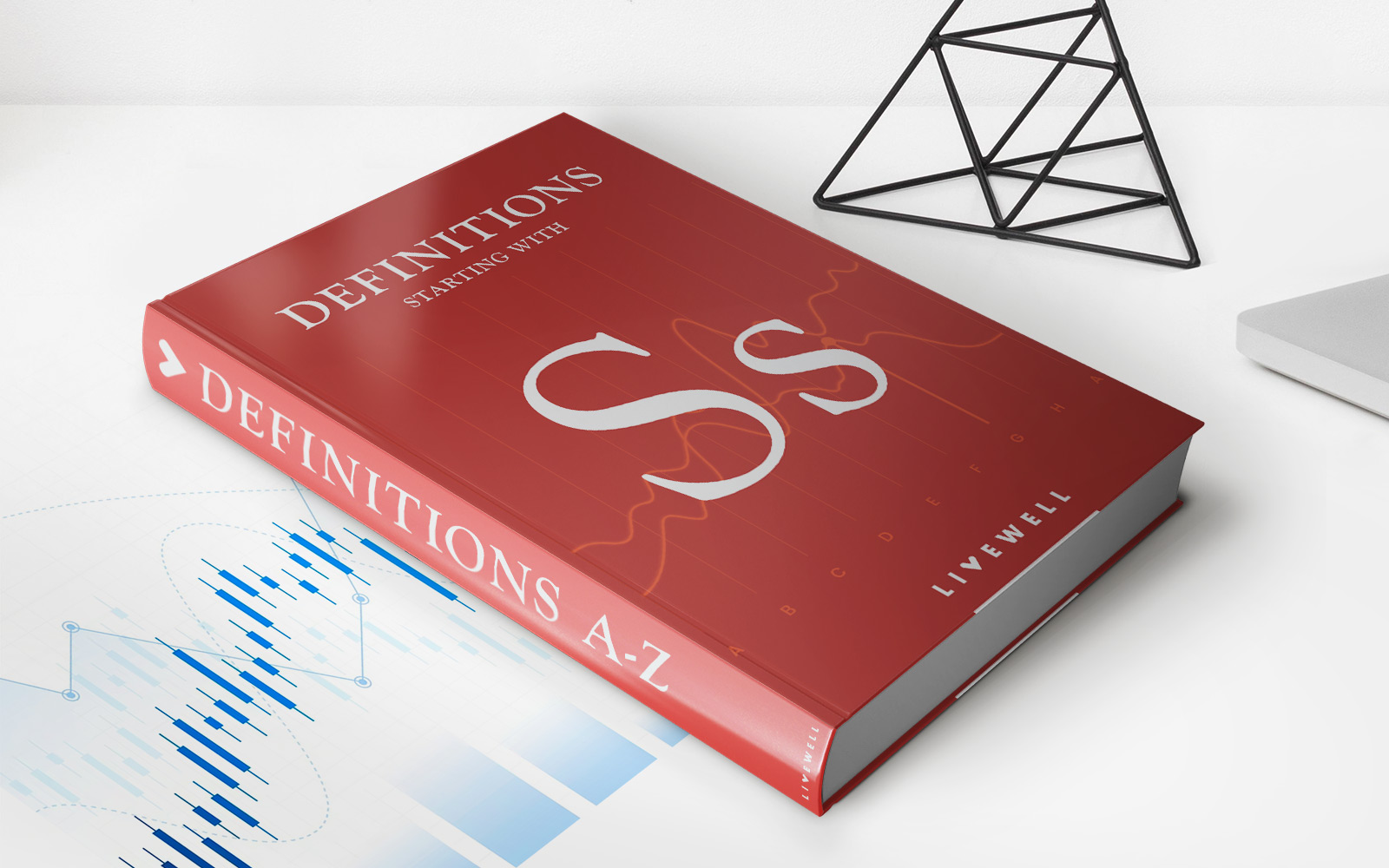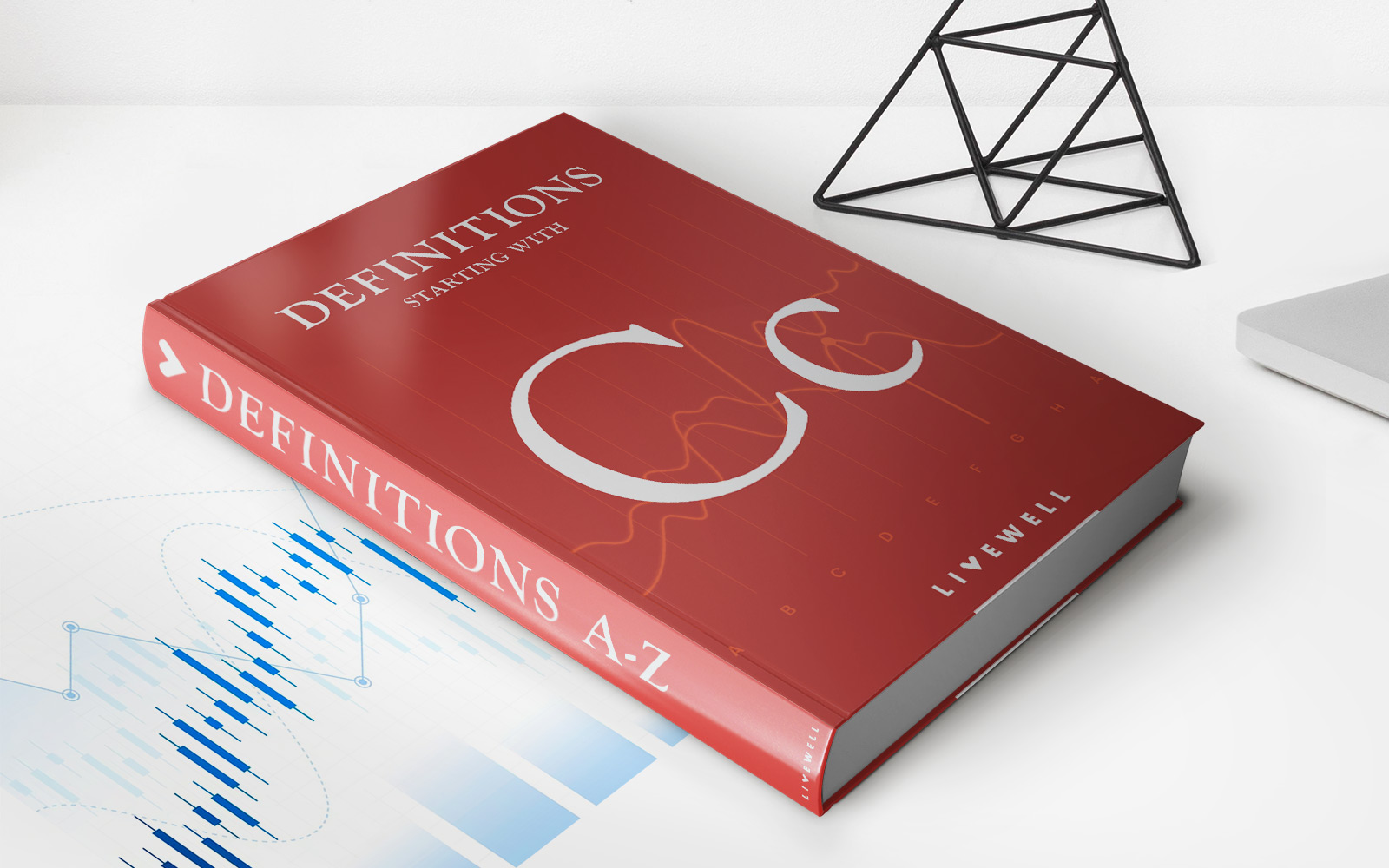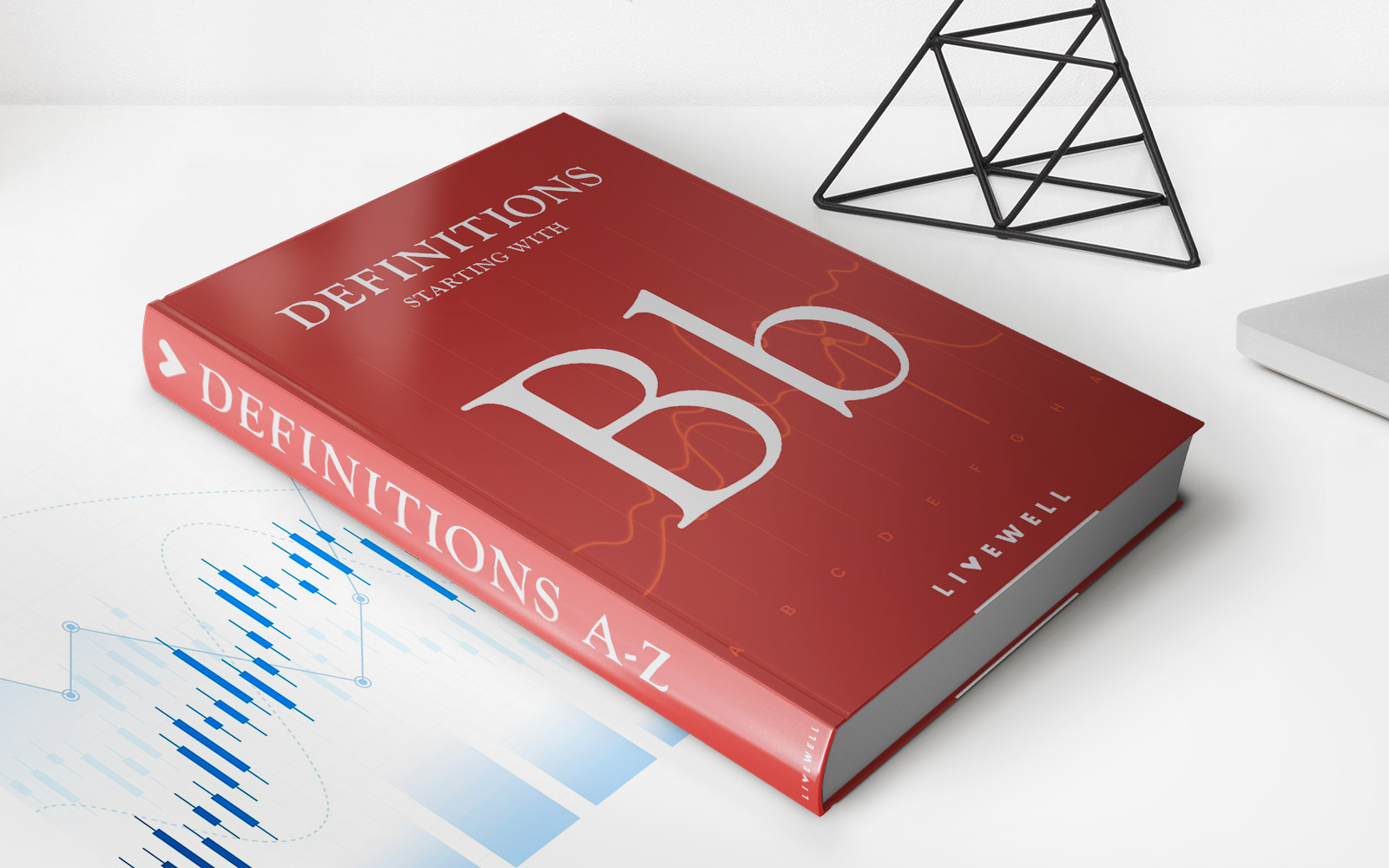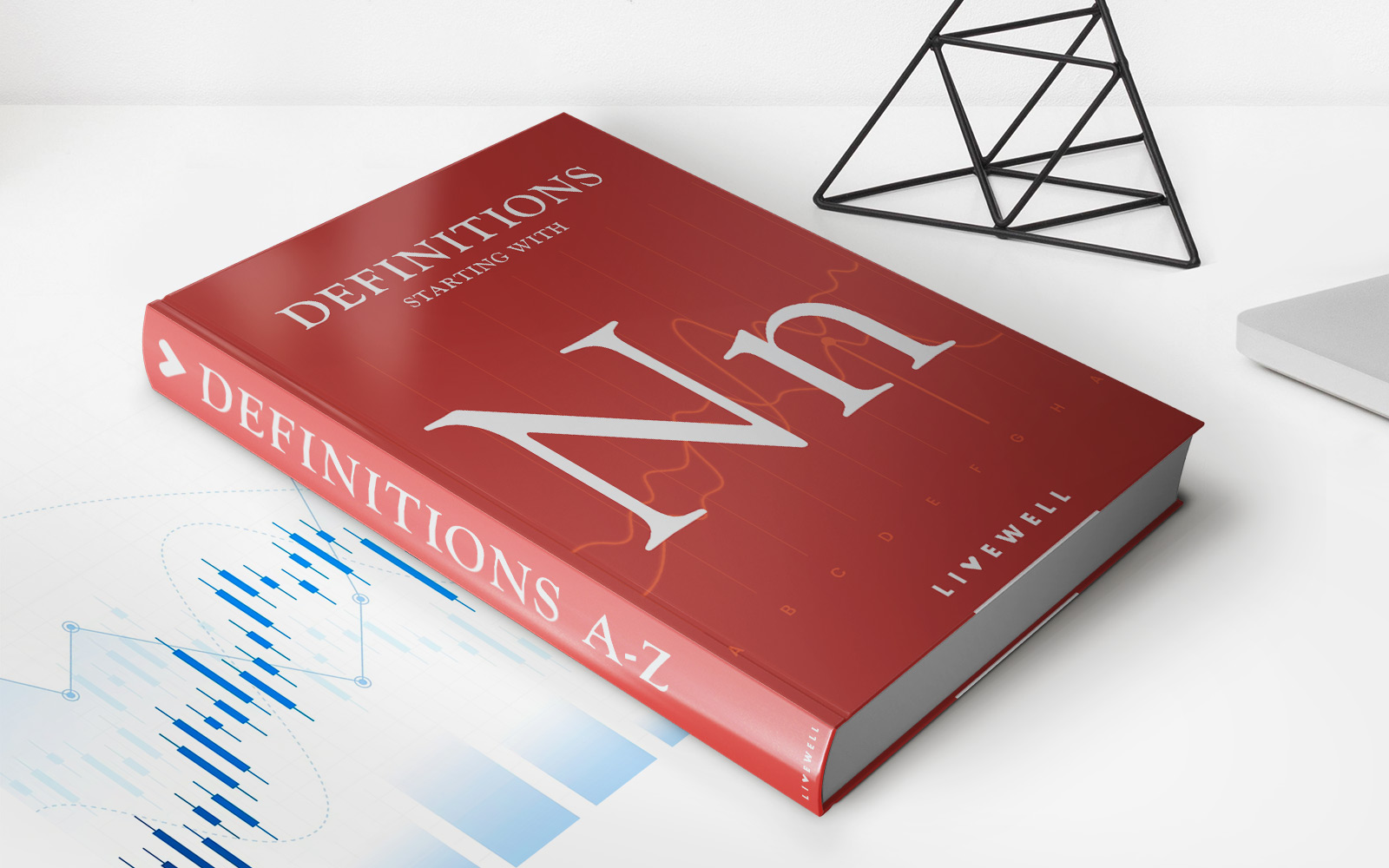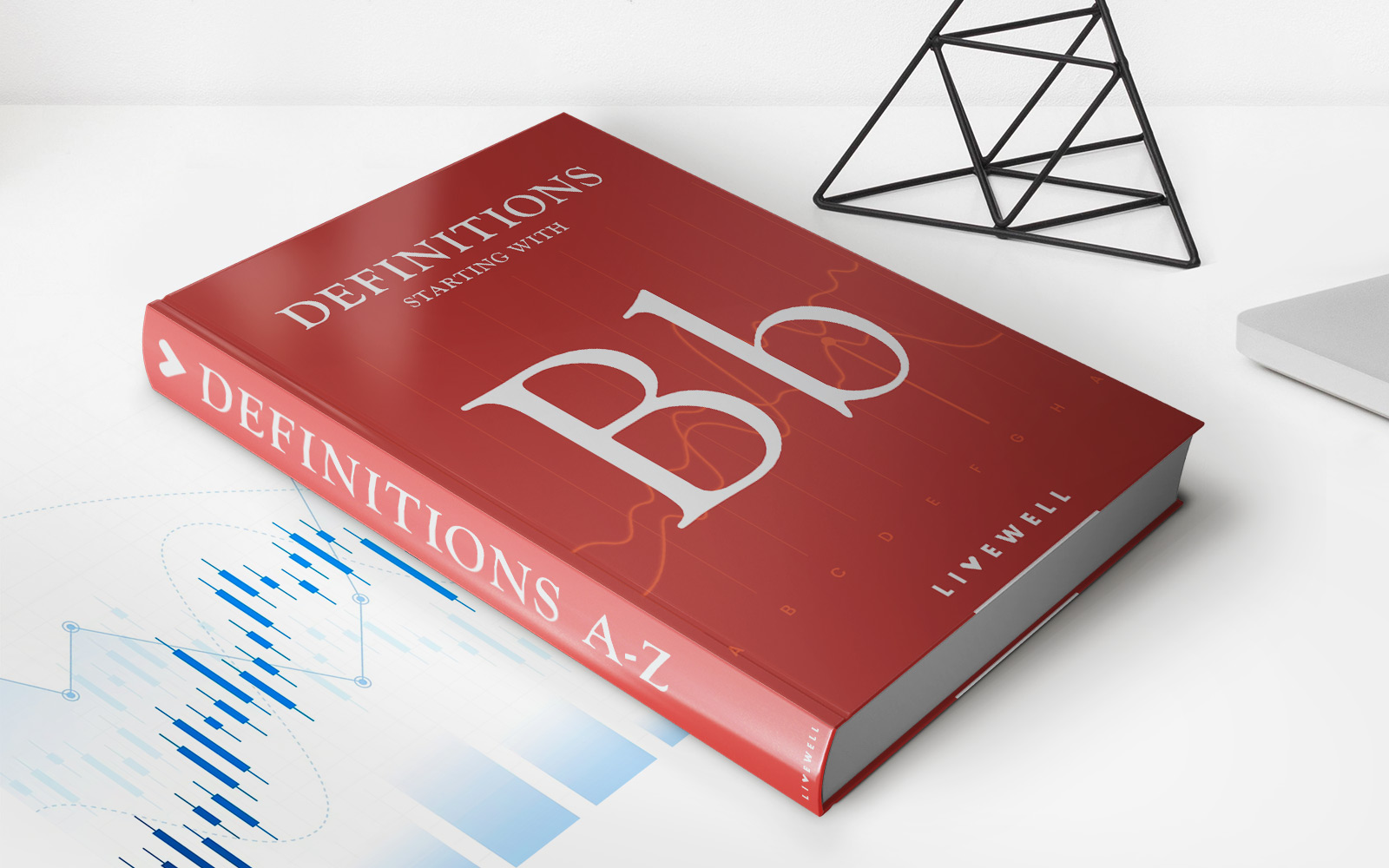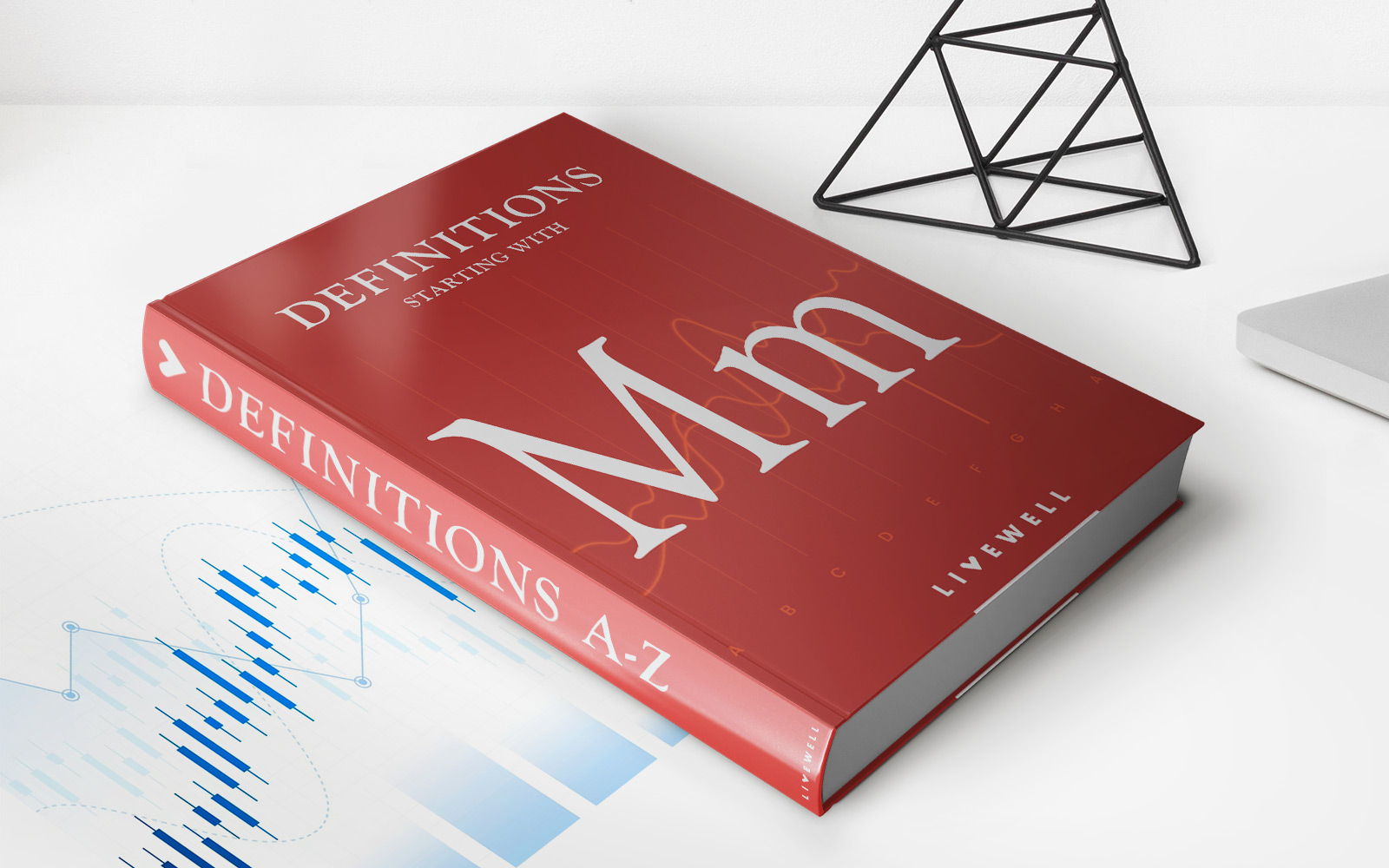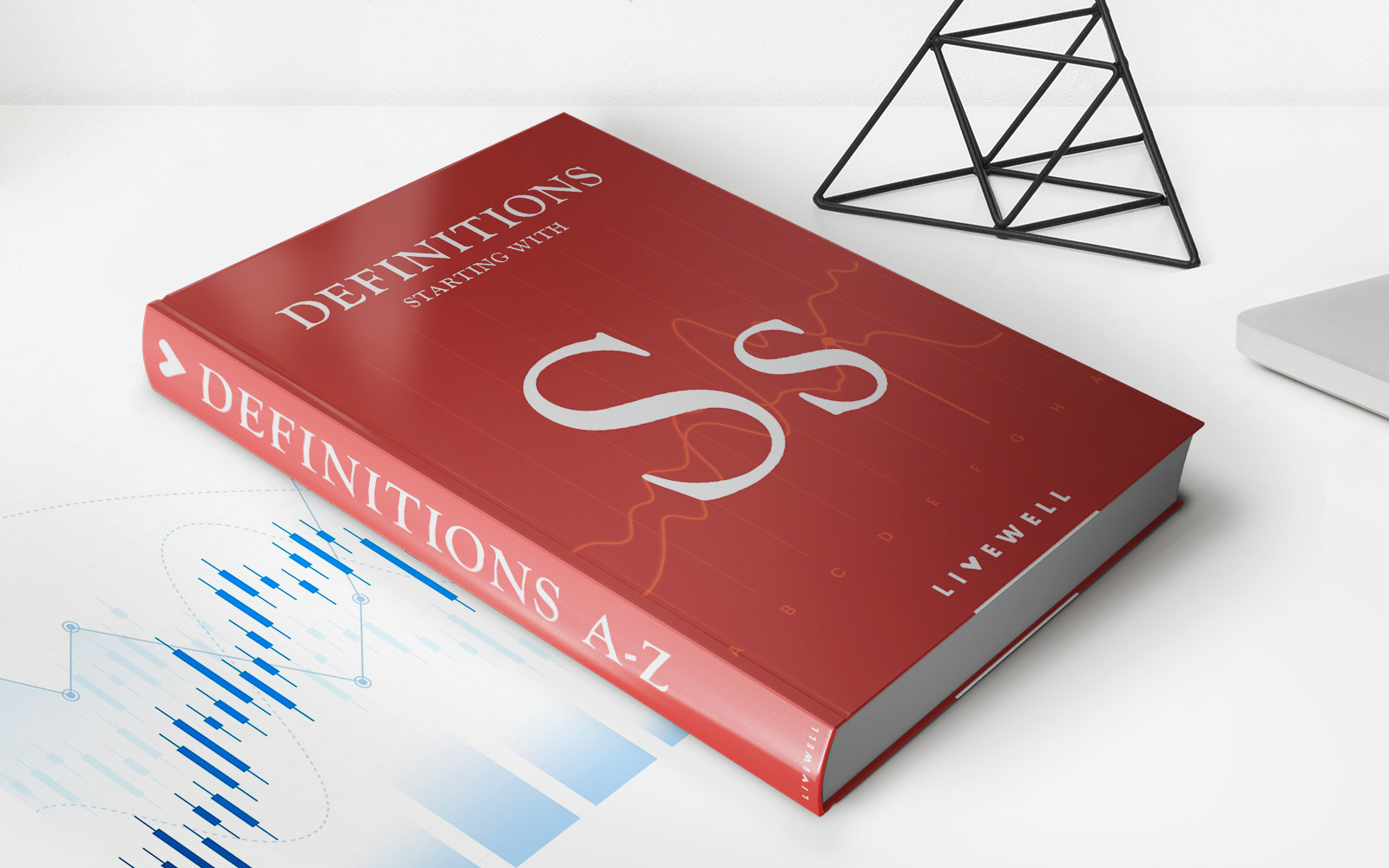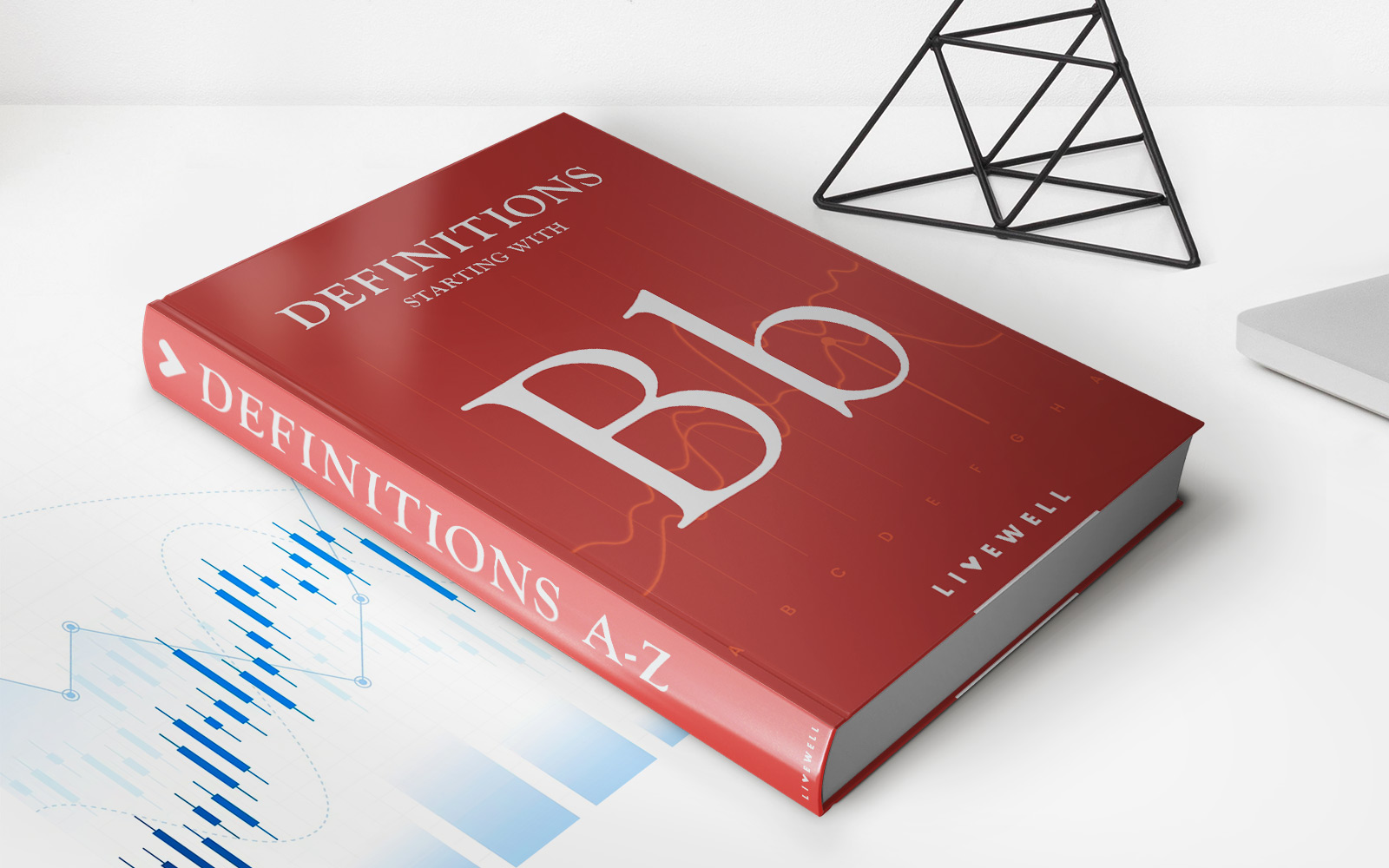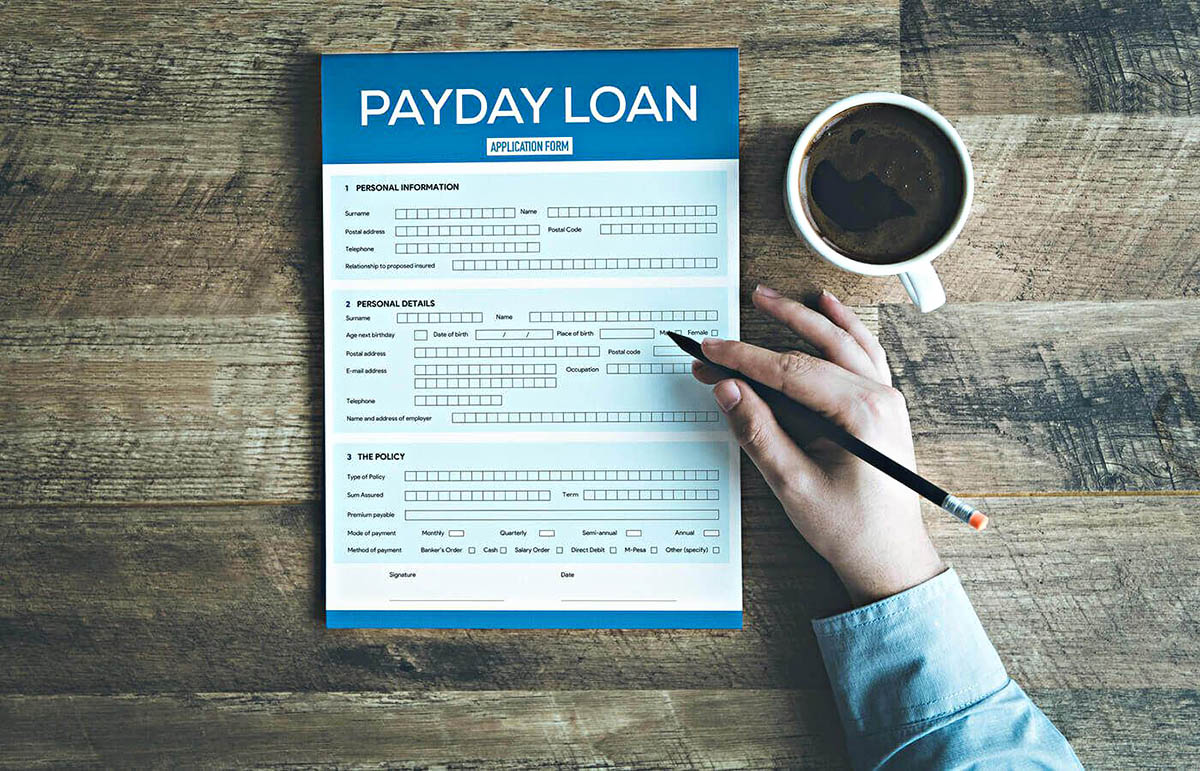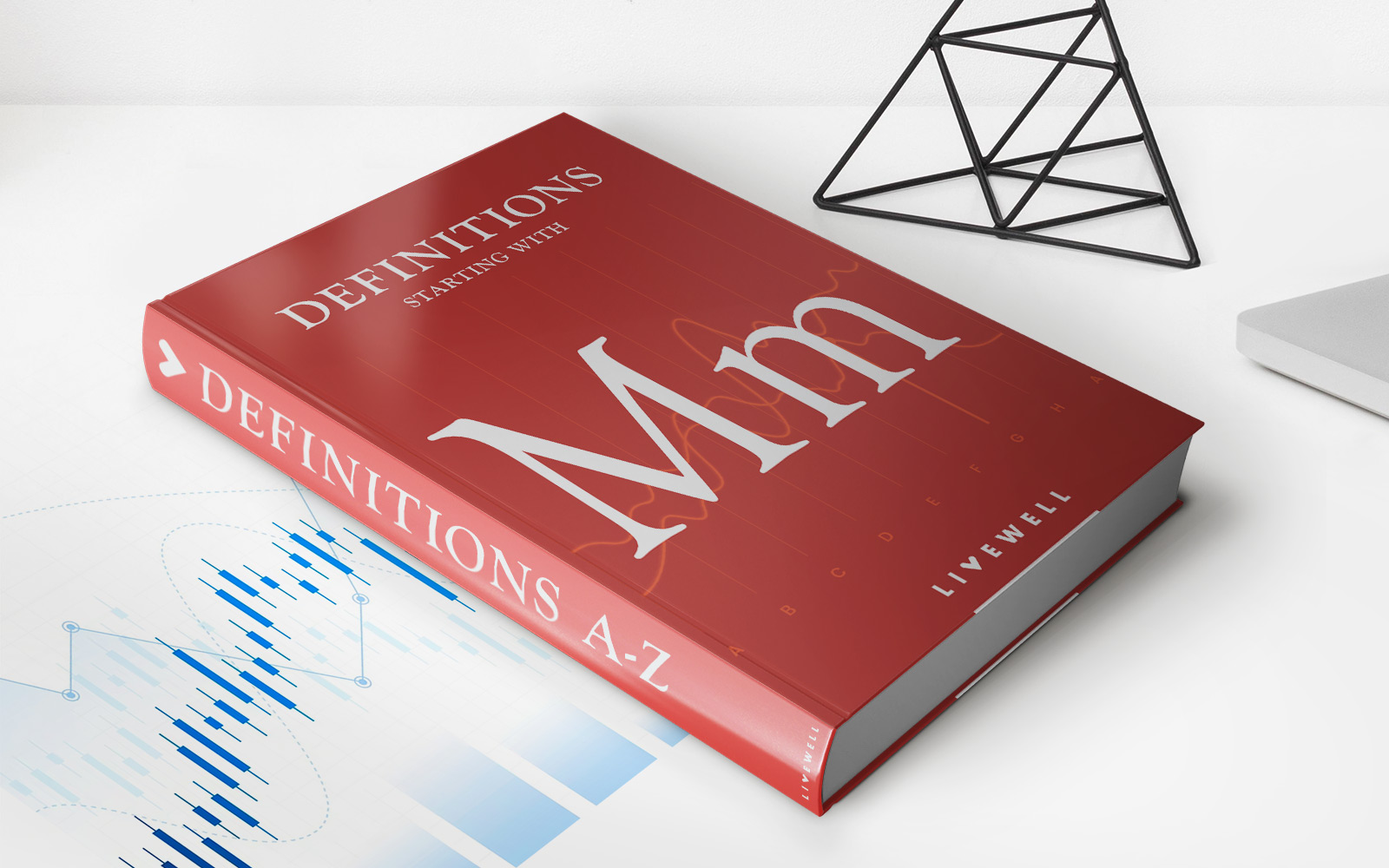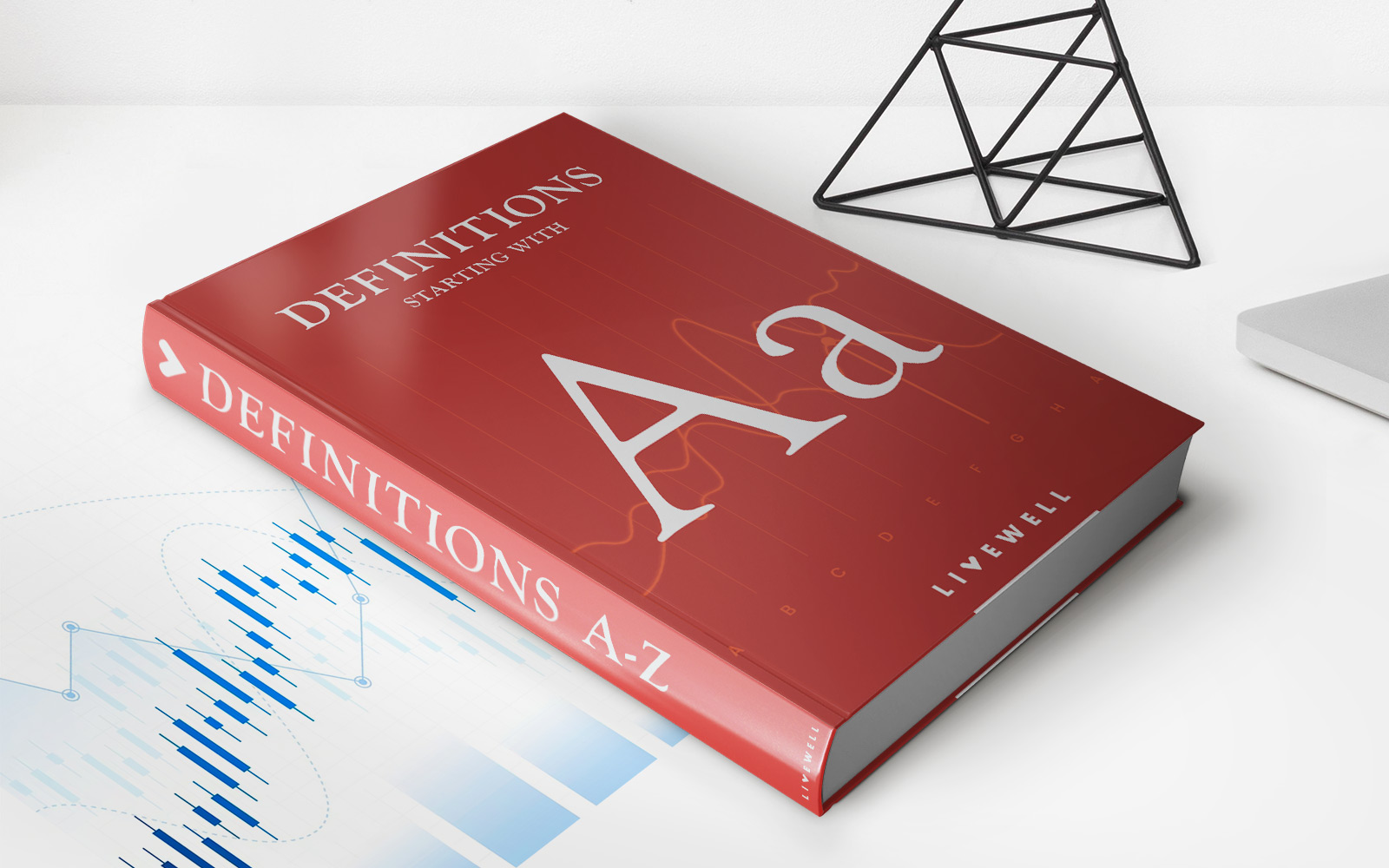Home>Finance>Bank Credit: Definition, How It Works, Types, And Examples
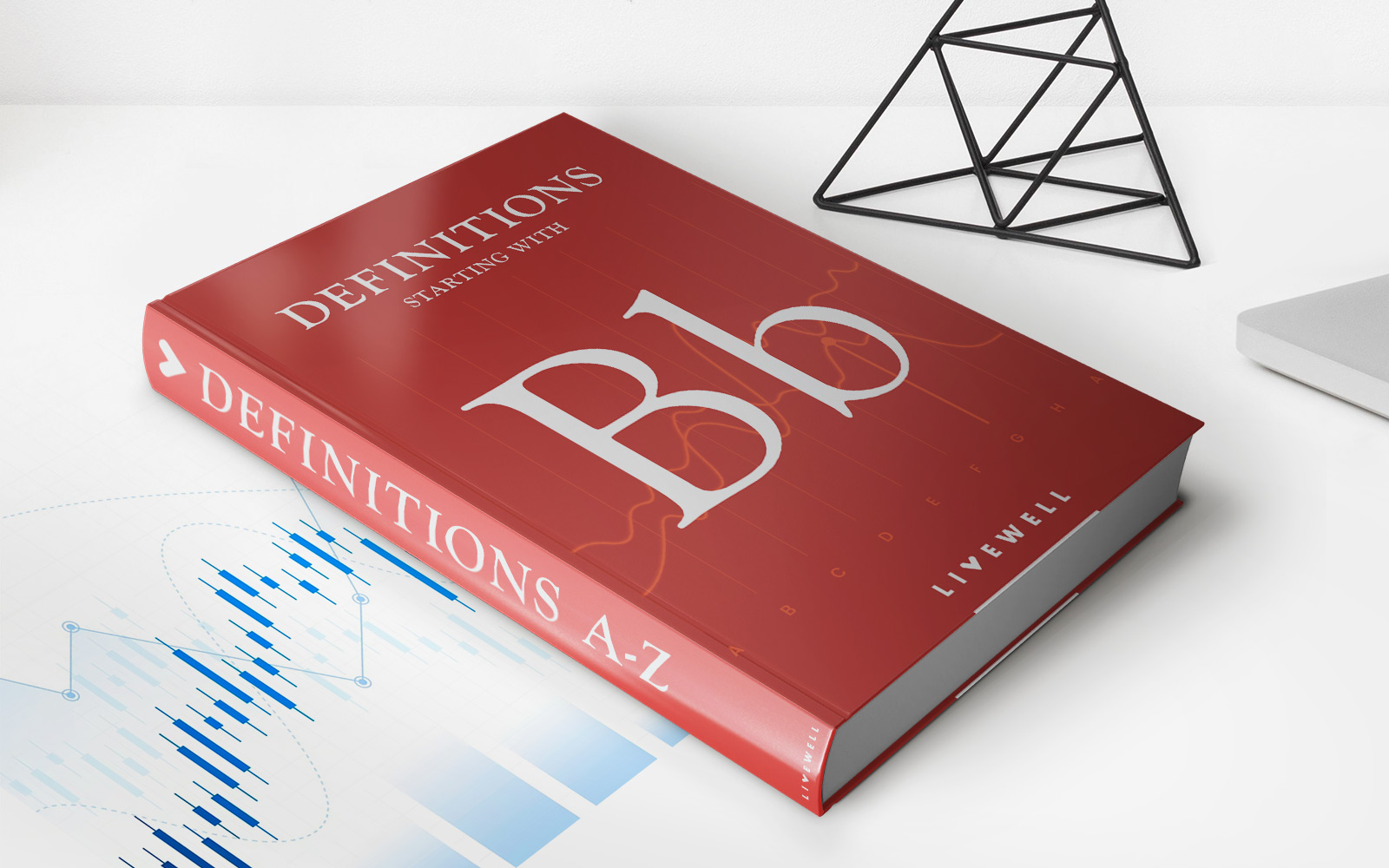

Finance
Bank Credit: Definition, How It Works, Types, And Examples
Published: October 13, 2023
Looking to understand bank credit? Learn about its definition, how it works, different types, and find examples in finance to enhance your knowledge.
(Many of the links in this article redirect to a specific reviewed product. Your purchase of these products through affiliate links helps to generate commission for LiveWell, at no extra cost. Learn more)
Bank Credit: Definition, How It Works, Types, and Examples
One of the key pillars of any thriving economy is the availability of banking services such as loans and credit facilities. Whether it’s for personal or business purposes, bank credit plays a crucial role in fulfilling our financial needs. In this blog post, we will explore the concept of bank credit, how it works, the different types of bank credit, and provide some examples to help you better understand its significance.
Key Takeaways:
- Bank credit refers to the amount of money a bank is willing to lend to an individual or an organization based on their creditworthiness.
- Bank credit works by lending money to borrowers for a specific period, with an agreed-upon interest rate, and the borrower repays the loan in installments over time.
What is Bank Credit?
Bank credit, also known as bank lending or bank loans, refers to the amount of money that a bank is willing to lend to borrowers. This credit is extended to individuals, businesses, or governments to meet various financial needs, such as purchasing a home, financing a business venture, or funding infrastructure projects.
Bank credit is granted based on the borrower’s creditworthiness, which is assessed by the bank using factors like credit history, income, assets, and financial stability. The bank determines the maximum amount of credit it is willing to extend and the terms and conditions under which the credit will be provided.
How Does Bank Credit Work?
When a borrower approaches a bank for credit, the bank assesses the borrower’s creditworthiness by examining their financial background, credit score, and other relevant factors. If the borrower meets the bank’s criteria, the bank will offer a specific amount of credit with an agreed-upon interest rate.
The borrower and the bank then enter into a legally binding agreement, commonly known as a loan agreement, which outlines the terms and conditions of the credit. The borrower receives the funds in a lump sum or in installments, depending on the type of credit provided.
The borrower repays the credit amount to the bank over a predetermined period, usually in monthly installments. These installments consist of both the principal amount borrowed and the interest charged by the bank. The term of the credit, interest rate, and repayment schedule are all specified in the loan agreement.
Types of Bank Credit
Bank credit can come in various forms, tailored to meet specific financial needs. Here are some common types of bank credit:
- Personal Loans: These are unsecured loans provided by banks to individuals for personal use, such as home renovations, debt consolidation, or medical expenses.
- Business Loans: Banks offer business loans to entrepreneurs and companies to support their business activities. These loans can be used for working capital, expansion, purchasing inventory, or acquiring equipment.
- Mortgages: A mortgage is a type of secured bank credit used for buying or refinancing real estate. The property acts as collateral, and failure to repay may result in foreclosure.
- Credit Cards: Credit cards provide a line of credit that allows individuals to make purchases up to a certain limit. The borrower must repay the credit card issuer within a specified time or pay interest on the outstanding balance.
- Overdraft Facility: This type of bank credit allows individuals or businesses to withdraw more funds from their accounts than they actually have, up to a predetermined limit. Overdrafts usually carry higher interest rates.
Examples of Bank Credit
To illustrate the practical application of bank credit, here are a few examples:
- John takes out a personal loan from his bank to fund his dream vacation. He receives $10,000 in credit and repays the loan in monthly installments over three years.
- ABC Corporation approaches a bank for a business loan to finance its expansion plans. The bank agrees to extend a $100,000 line of credit to the company, which is repaid over five years with interest.
- Sarah applies for a mortgage to buy her first home. The bank offers her a $200,000 loan with an interest rate of 4% per annum. Sarah repays the loan in monthly installments over a period of 30 years.
In Conclusion
Bank credit is a vital financial tool that enables individuals and businesses to fulfill their monetary requirements. Whether it’s for personal goals or entrepreneurial ventures, understanding the concept of bank credit and its various forms can help you navigate the world of finance more effectively. By leveraging bank credit wisely, you can harness its potential to fuel your aspirations and achieve your financial goals.
Remember, bank credit is subject to terms and conditions set by the banks, and careful consideration of the interest rates and repayment terms is crucial before taking on any credit. Always consult with financial advisors or bank professionals to assess your specific situation and make informed decisions.
For more information on financial topics and tips, visit our Finance category and explore the diverse range of knowledge and insights we provide to help you navigate the ever-changing financial landscape.
